
12 minute read
EVENTING VIRTUALLY
from May 2021
Japanese iNite participants practice Wotagei, a Japanese lightstick dance, while VE wearing masks and staying six feet apart. “What used to be a month of walking the halls of school seeing all the different clubs rehearse now falls on mostly asynchronous practices in isolation, trusting that the technology will bring us together,” senior and choreographer of the Wotagei dance Richick Haldar said. PHOTO//Richik HaldarE N
It is the biggest event of the school year for senior Nishitha Vattikonda, director of HackTJ. She hops out of bed and powers up her computer, clicking a few links to get to the room where it happens—virtually, of course.
Advertisement
Organized by Jefferson students, HackTJ is an annual hackathon for U.S. high schoolers in which participants build novel computer science projects, or “hacks,” and attend workshops sponsored by an array of tech companies. HackTJ normally draws hundreds of attendees for a 24-hour event on the Jefferson campus, but the COVID-19 pandemic turned the event completely virtual. The commons of Jefferson where participants used to pull chocolate-fueled all-nighters are now Google Meet sessions, but the transition was far from smooth.
“When you think of running an online hackathon, you think, ‘oh, it’s just opening up a few Zoom calls, pretty easy,’” Vattikonda said. “But there’s a lot of work that goes into the logistics, [like] reaching out to mentors [and hosting] workshops.”
LIVE TO STREAM
Another famous Jefferson event is International Night, often abbreviated as iNite. Organized by the Namaste club, iNite is an annual showcase highlighting cultural dance and music performances by Jefferson’s diverse student organizations. As with HackTJ, Namaste officers were not expecting to host a virtual version of their iconic event.
“We were planning to not even have [iNite] at all, but a lot of us really wanted it because it [is] an event that’s very integral to [Jefferson]. We [sent] out an interest form and we got [a] pretty good response, so we decided that we would try to actually make it happen,” Namaste’s secretary senior Sadhika Dhanasekar said.
After brainstorming several ideas for how to hold a virtual iNite, Namaste officers eventually settled on a livestreamed compilation of videos sent in by each act which offers choreographers full creative control over their segment.
“I think it’ll be interesting to see different editing structures and spotlights on certain people, and I think we’ll still be able to get that sense of different cultures on-screen that we see at regular iNite,” Dhanasekar said.
BRIDGING THE GAP
While iNite was held in-person in Feb. 2020, HackTJ 7.0 had to be shut down after Fairfax County Public Schools canceled all extracurricular activities on Mar. 12. The organizers started planning a new hackathon that summer—HackTJ 7.5—which took place in December. It was smaller than previous HackTJs— fewer attendees, sponsors, and prizes—but the team wanted to continue providing students a way to develop their interest in computer science, especially for those who do not have access to or know of other opportunities. After building on what they learned about organizing virtual hackathons from 7.5, the organizing team later hosted HackTJ 8.0 last month with the goal of providing an experience closer to past in-person hackathons.
“We stil wanted to keep that [computer science] community that HackTJ built,” Dhanasekar said. “[We] organized a lot more team-building activities [compared to 7.5], like Among Us, chess, and even TypeRacer. [We also increased] the number of workshops and panels that people could attend to talk to other people in the field and learn new things.”
VIRTUALLY NO COST
Since a virtual hackathon does not require certain costs like food or equipment like tablecloths and extension cords, HackTJ 8.0 did not require as much spending as an in-person hackathon. However, there were still financial challenges for the team, including high shipping costs for heavy swag packs and lighter sponsorship packages from companies.
“The virtual hackathons are definitely a lot cheaper… [but] it felt like the same amount of strain on our coffers. It was more difficult for [companies] to sponsor, but a lot of them were very open [to] potentially hosting workshops and coming to help and mentor,” Dhanasekar said.
Despite the changes that resulted from the shift to a virtual environment, both organizing teams worked to retain the traditions that made their events so special.
“I was really impressed by the amount of innovative projects that came out of the hackathon this year,” Vattikonda said. “I’m really happy to have been the director of two amazing hackathons and one amazing HackTJ team that helped make these hackathons possible.”

NTI Jefferson’s most popular community events get online makeovers by Rachel Lewis and Srilakshmi Medarametla N G virtually
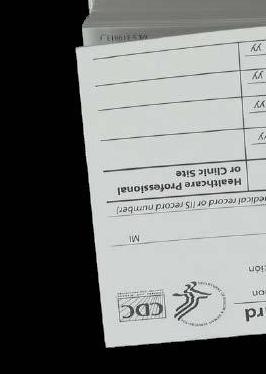
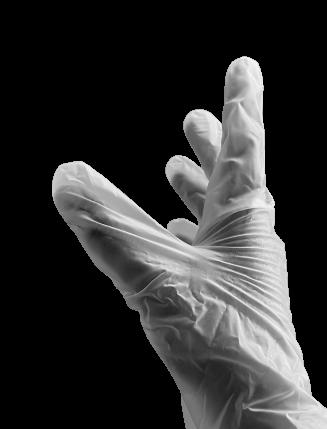
WH by Stuti Gupta, Sonia Kanchan & Pratika Katiyar
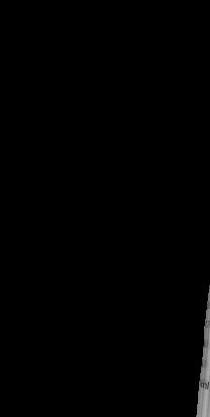
There are three vaccines authorized and recommended in the United States. Beginning April 18, all people ages 16 and older were eligible for a COVID-19 vaccine. The Pfizer BioNtech vaccine is two shots given 21 days apart, available to those 16 years and older. The Moderna vaccine is also two shots, but given 28 days apart and available to those 18 years and older. Both Moderna and Pfizer are mRNA vaccines, whereas Johnson and Johnson's one shot vaccine for those 18 years and older is a viral vector vaccine.
My mom rushed into my room and yelled that
we had to go because she thought there may be extra doses at a community center near us. So we grabbed our IDs and ran out the door.”
Sophomore Emma Cox, her sister, and her mom, were the last three people to get their vaccine at their community center that day. Hundreds had received their vaccine before them.
“We were just really, really lucky. They had to turn away people behind us. We were the last shots of the day,” Cox said.
This mindset compliments the busy atmosphere of the vaccine centers.
“It was very hectic,” senior Chabeli Yumang said. “I remember that by the time I got there, there was already a large line. It was slightly crowded and people’s [mindset] were ‘Okay, let’s get vaccinated. Okay, now let’s leave’, because [the vaccines are] on a limited supply. I mean, [right now] this hecticness is to be expected because it’s a desperate time and most people are trying to get a vaccine.”

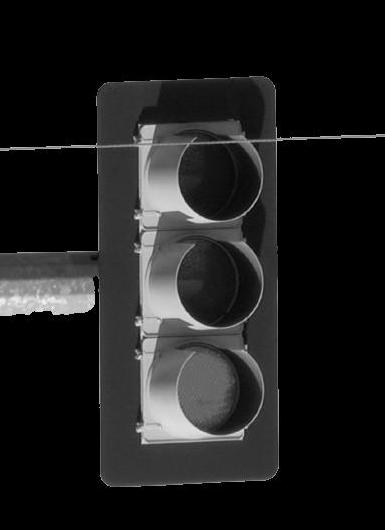

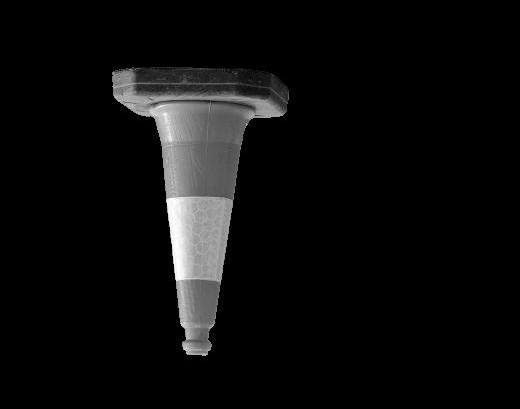


WH ? is next

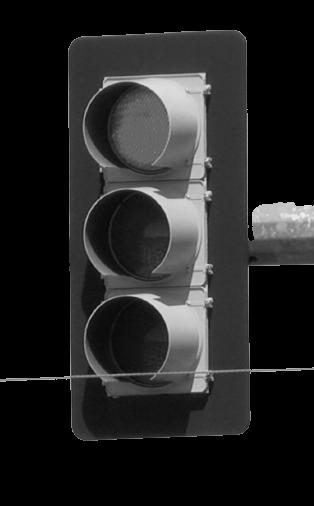
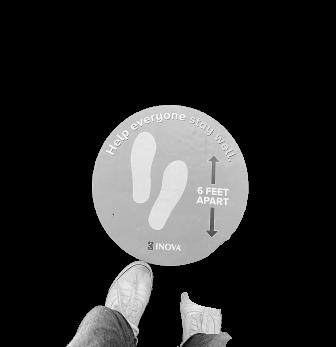
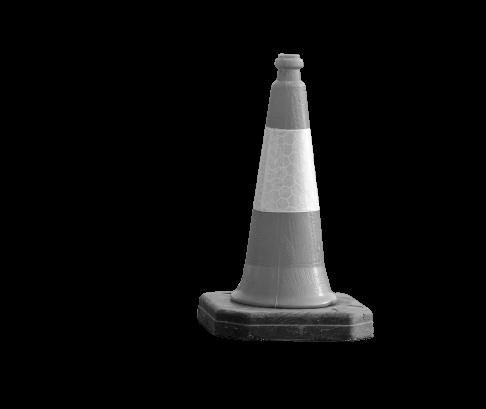
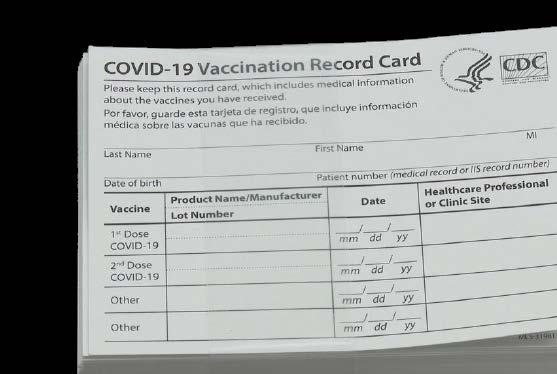

HESITANCY
Senior Vishu Pentakota expressed concerns about the Johnson & Johnson (J&J) vaccine, but figured that the benefits outweighed the costs.
“I was a little scared just because I had heard some bad stuff about J&J, but at that point I didn't really have a choice because I didn't want to give up the opportunity to take the vaccine. You don't know if you can have the choice in the future, so might as well get it when you can,” Pentakota said.
On April 13, the CDC and the FDA released a statement on the J&J vaccine. Six cases, all among women, were reported, involving experiences with a certain blood clot and low levels of blood platelets after receiving the vaccine.

Getting her one dose vaccine in a Loudoun county facility, senior Vishu Pentakota waits nervously. Pentakota pre registered through the Virginia Department of Health, and unexpectedly received a message to get her vaccine. “I had a lot of side effects for the J&J vaccine. The day I got it, at night, I was shivering a lot and I didn’t know why, and then I realized it was the vaccine. Then the next day I was very, very nauseous with bad chills and sweats. I was just really tired and got a headache, but the next day it went away,” Pentakota said. PHOTO // Ravi Pentakota
The release mentioned that heparin—the anticoagulant usually used to treat blood clots—could be dangerous for treatment in these cases, and alternative treatments needed to be administered. They recommended a pause on the distribution of the J&J vaccine. The pause was lifted within two weeks, on April 24.
“I feel like there's always going to be a risk, but nothing in life comes without a risk. At that point you just have to do what you think is best and if you really do think that not getting a vaccine is best, then go for it. But, I feel like you're harming yourself and other people around you, and if you really care about the pandemic you would get it,” Pentakota said. “J&J may not be as effective, but obviously they wouldn't be administering millions of vaccines if it wasn't safe for you.”
“I wasn’t super nervous about getting the vaccine itself. Obviously, it was given to me by a nurse, so I felt like I could trust the person that was administering the shots. I wasn’t necessarily concerned about the vaccine itself—it was just a little bit of the anxiety about the disease and also a little bit of vaccine jealousy. I know it sounds weird, but
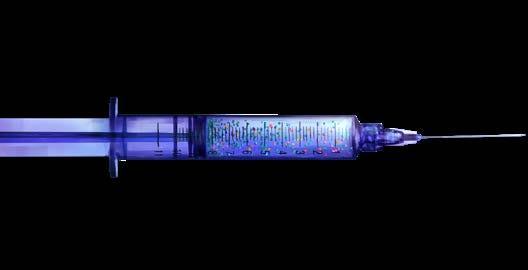
EXPERIENCE
some of my friends have been vaccinated before that and I felt jealous of them because obviously I wanted the shot too,” Cox said.
Cox did overcome that nervousness and jealousy once she received her vaccine, especially in light of the atmosphere at her vaccine center. Senior Harini Somanchi— who has a pre-existing health condition that allowed her to receive her vaccine in early April—perceived the atmosphere similarly.
“I went to a CVS, and they were really nice. The lady that was giving me the vaccine was super comforting and the vaccine didn’t hurt at all. I didn’t feel anything, it was more painless than any other shot I’ve ever gotten so overall it was a really great experience and everyone was super kind,” Somanchi said.
A volunteer with Loudoun Medical Reserve Corps, junior Tegan Powers received a first-hand look at the vaccine rollout while volunteering at vaccination clinics, and has experienced slightly differing attitudes between volunteers and those coming in to get vaccinated.
“I think that among all the volunteers, we all know that we have good intentions,” Powers said.
While most who arrive to get vaccinated are excited, that’s not always the case.
“They’re mostly elderly. And they just talk about what they’re going to do with their vaccine. They’re going to talk to their grandchildren, visit their family- people that they haven’t seen, and they’re so excited about it,” Powers said. And then there’s some that are just waiting so long to get their vaccine that they’re kind of hesitant or resentful towards the vaccination process.”
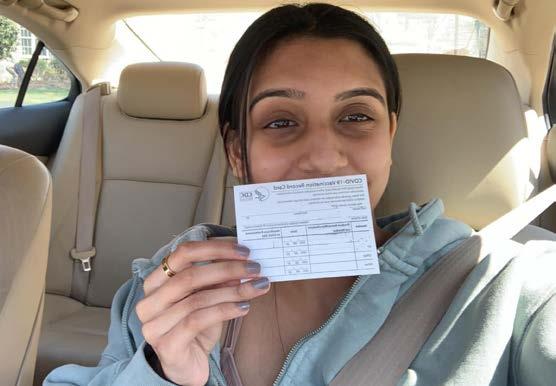
SYMPTOMS
Symptoms of the vaccine have varied based on age group, gender and brand of the vaccine, and have caused obvious nervousness over the vaccines. However some students such as senior Viraj Boreda–whose parents previously had COVID-19–were glad to have the opportunity to receive the vaccine.
“My parents were both sick for a couple of days. It was like when someone gets the flu. It wasn’t that different because I had been staying inside already, but I was scared for my parents. They’re both fully okay now, but I was hoping nothing would go wrong,” Boreda said.
Sitting in her car after receiving her first dose of the Moderna vaccine at CVS, senior Harini Somanchi holds her vaccination card. Somanchi was eligible for the vaccine due to pre-existing health conditions. “I personally think that I would either choose Pfizer or Moderna because I read an article that said that people with pre-existing health conditions should try to get one of the vaccines that has the most efficacy,” Somanchi said. “I think that Johnson and Johnson one is a really great option too, but I think that people with pre-existing conditions should get Pfizer or Moderna.” PHOTO// Harini Somanchi
Boreda has received his first dose of the Pfizer vaccine; after this dose he felt soreness in his arm. Yumang’s symptoms after receiving the Johnson and Johnson vaccine were mild the day of.
“The day after the vaccine was when the symptoms actually started. I woke up feeling very fatigued with a massive throbbing headache, and then later in the day, somehow I developed both a fever and chills, which is very surreal to feel both at once, and I felt very lethargic, I almost threw up at some point,” Yumang said.
THE AFTER
“I guess this vaccine is more impactful in a way. It’s another shot and the side effects are a little different. Impactful because not everyone has the vaccine and it’s not a standard issue,” sophomore Sam Gwon said.
After receiving the vaccine, some still remain cautious, especially because it is still possible to carry and spread COVID-19. For most, however, the vaccine serves as a symbol of hope.
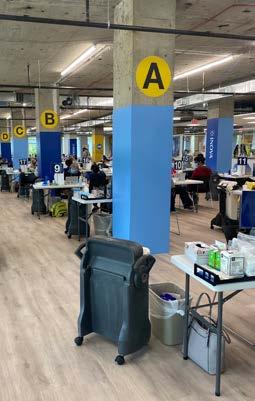
The INOVA Fairfax Medical Campus hosts a COVID-19 vaccination clinic. The clinic stays busy as patients wait in lines, eventually receiving their vaccination at a table with a certified medical professional. “For the first dosage, there were a lot of people in line. I don’t think anybody was nervous or anything–it was just that we were all ready to get the vaccine because we’d all been socially distanced for so long,” Gwon said. PHOTO//Sonia Kanchan




